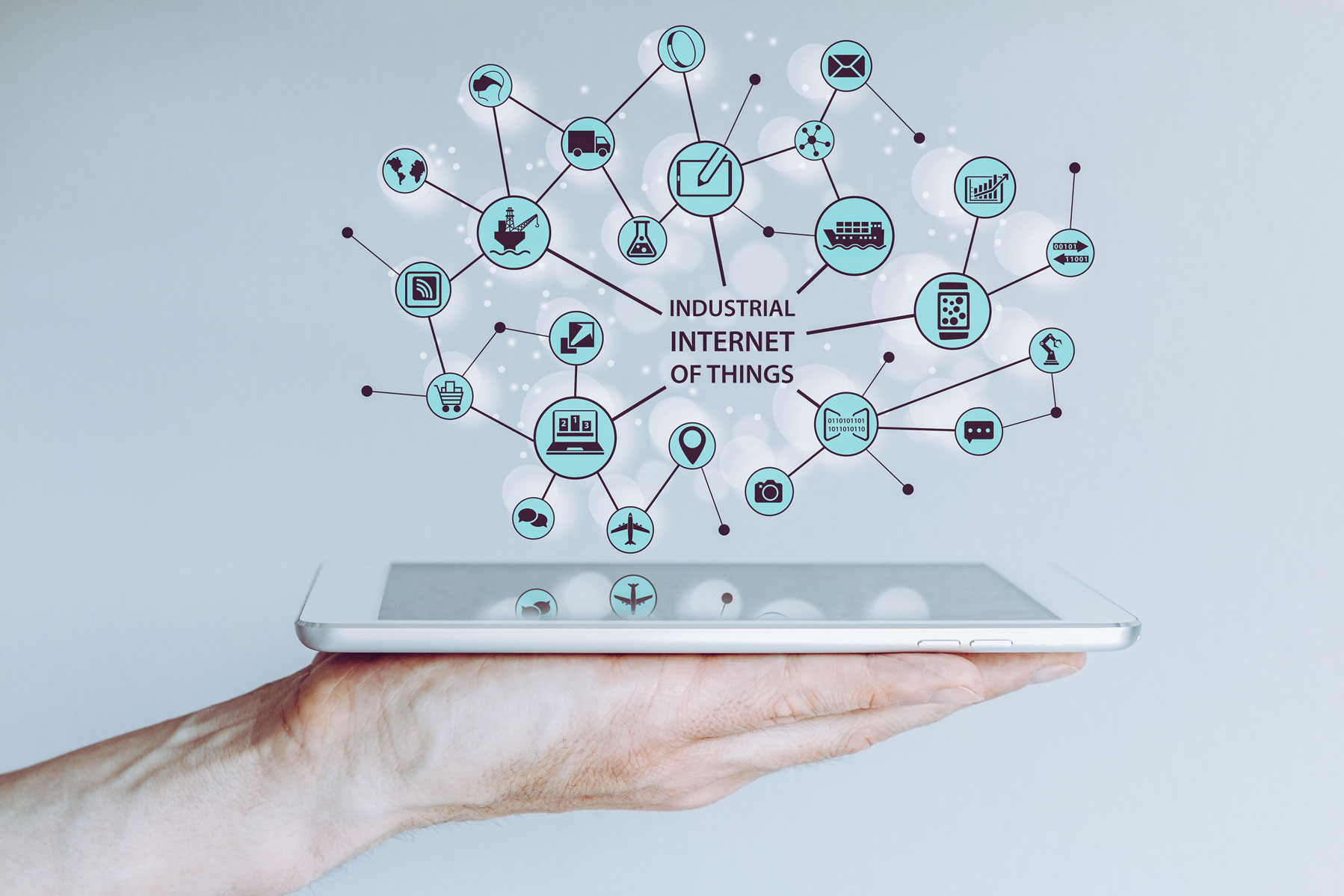
The Energy Industrys Future
Long gone are the days of the electric company sending technicians out to read meters, connect and disconnect service, and detect tampering of the electric meter.
Technology has evolved with the new AMI SmartGrid System. Advanced metering infrastructure (AMI) is an integrated system of smart meters, communications networks, and data management systems that enables two-way communication between utilities and customers. This system provides a number of important functions that were not previously possible or had to be performed manually, such as the ability to automatically and remotely measure electricity use, connect and disconnect service, detect tampering, identify and isolate outages, and monitor voltage. Combined with customer technologies, such as in-home displays and programmable communicating thermostats, AMI also enables utilities to offer new time-based rate programs and incentives that encourage customers to reduce peak demand and manage energy consumption and costs.
Billing and metering services are enhanced when AMI meters and billing are integrated and operating properly. Service is more accurate with fewer customer queries and complaints, customer satisfaction levels are higher, and utility operating expenses are lower. Below are 7 reasons how the AMI system can help improve your monthly bill.
- Provides more informed choices on energy and water use
- Bases monthly bills on actual (not estimated) usage
- Saves money with energy efficiency initiatives
- Resolves billing questions more efficiently
- Enables fast, easy tenancy changes
- Manages the power grid of the future
-
- Integrate renewables
- Manage distributed generation
- Manages and supports on your terms
- Own & operate
- Managed services: Software as a Service, Disaster recovery as a Service, Network as a Service, and Network Operations Center
AMI and customer systems provided utilities with new capabilities to offer time-based rate and incentives programs. This enabled utilities to reduce peak demand, lower wholesale power purchase costs, sell excess electricity to regional markets, and defer investments in new generation and delivery capacity.
DOE continues to support grid modernization through research, development, demonstration, analysis, and technology transfer activities. New technologies are driving changes in electric power on multiple fronts. The need for stronger national efforts to modernize the grid for the cost-effective integration of renewable and distributed generation, energy efficiency and demand response, and cybersecurity and interoperability standards is essential.
Tori Covington | Marketing and Business Development Specialist
Irma Thompson | Marketing and Business Development Specialist
Jordan Ponizhaylo | Marketing Specialist
Karley Millender | Marketing | Web and User Interface Design











